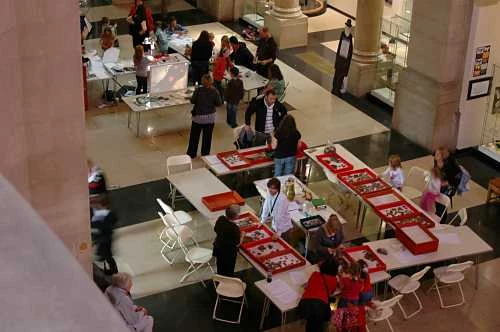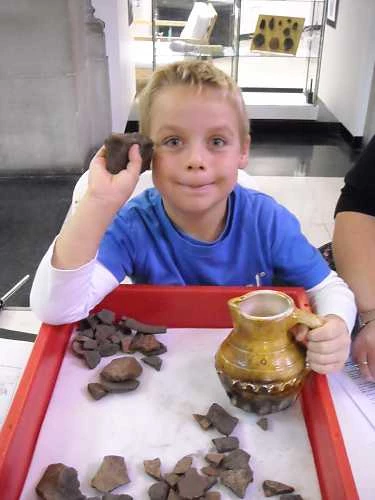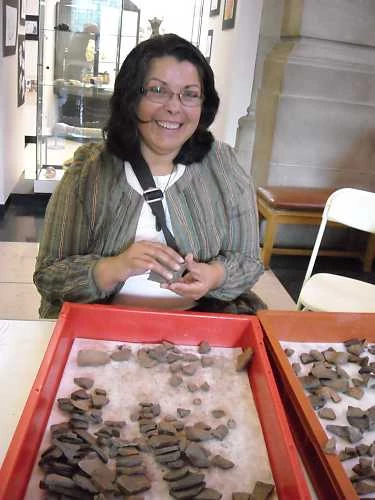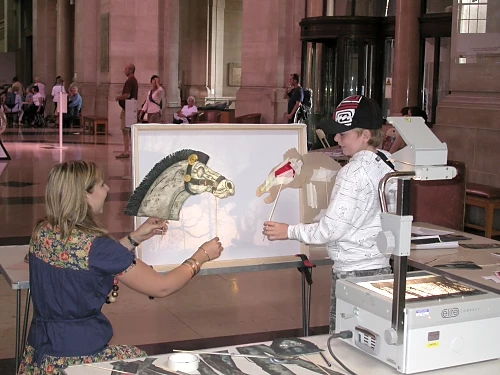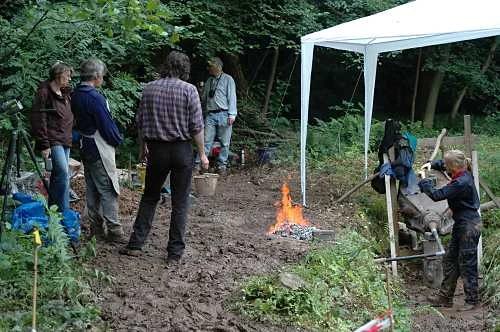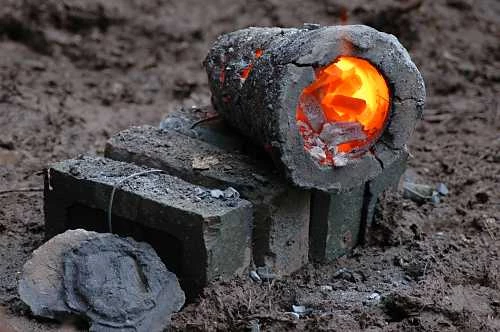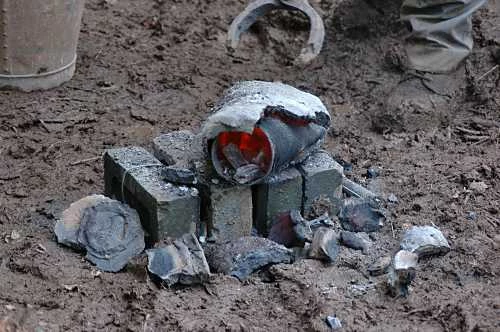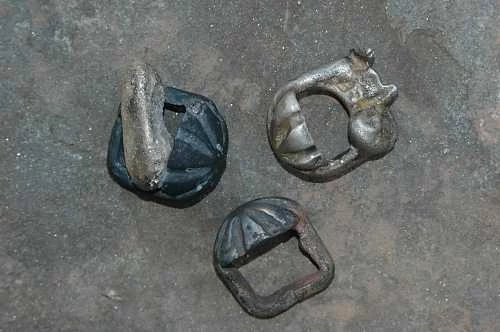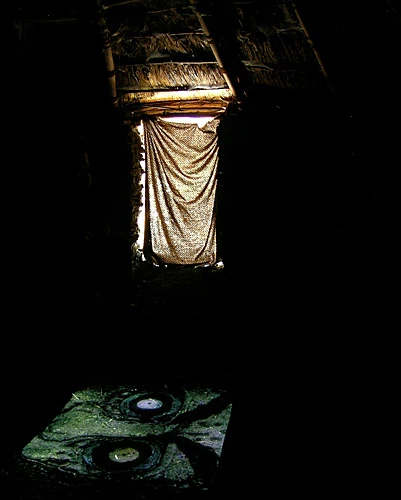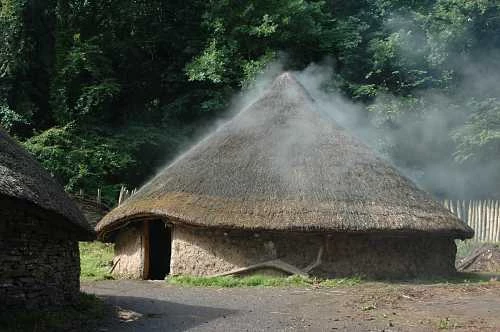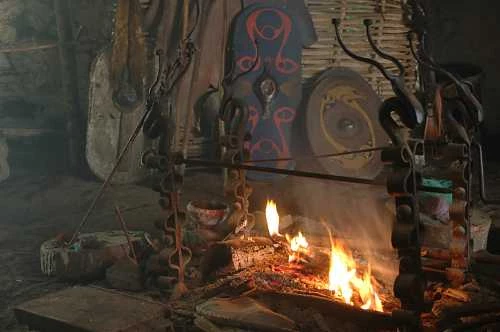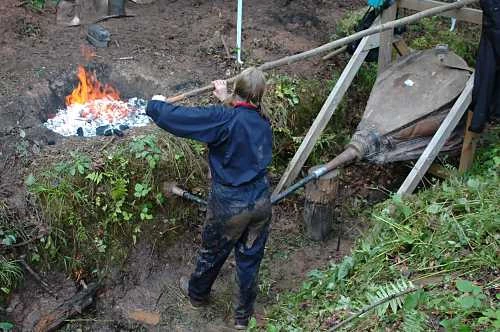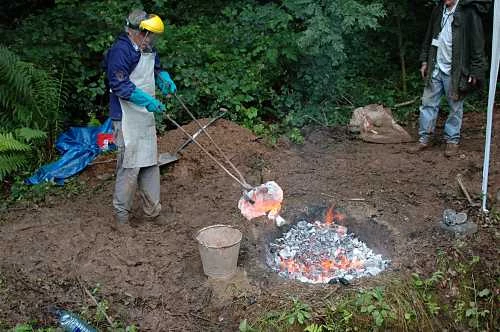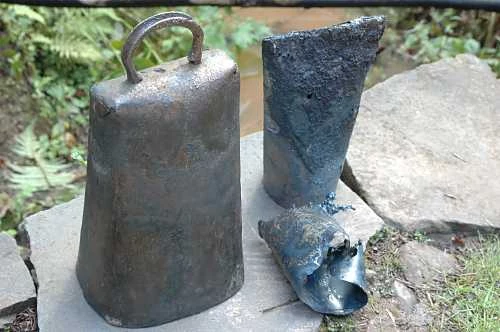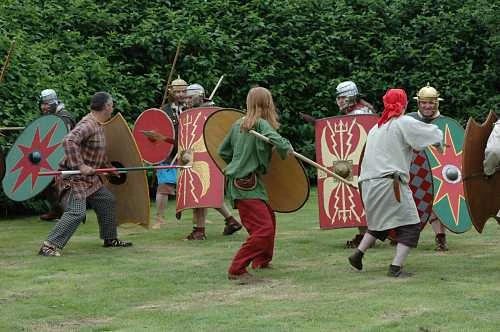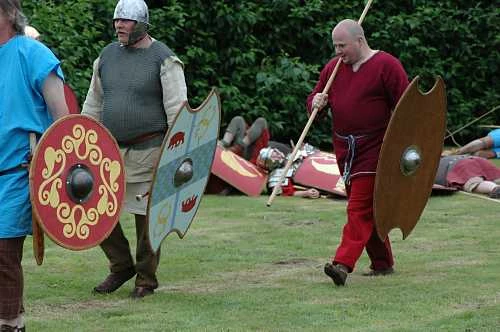Piecing together the past
, 21 July 2009
Festival of British Archaeology 2009
Today’s events at National Museum Cardiff were Shadow Puppetry and Pottery Sorting.
I won’t write too much about the Shadow Puppet workshops because I covered these in a previous post – suffice it to say that they continued to be hugely popular with children, a fact demonstrated by the quantity of cut up paper and bits and bobs left behind when the crowds finally cleared.
The Pottery Sorting was a new thing though. Here, visitors were helping museum staff with the real business of archaeology. Back in 2002, an excavation was carried out at Llandaff Cathedral School in Cardiff and a very large quantity of 13th and 14th-century pottery was found. This was all brought back to the museum and staff have slowly been sorting it out. But there are only so many hours in a day and this is an awful lot of pottery so, as part of last year’s National Archaeology Week, we asked the public to help us make sense of it all. The event was so popular – and we still had so much pottery left over – that we ran it again this year.
So, with the help of about a hundred children and adults, Sian and Louise from the museum’s archaeology department spent today sorting the broken pottery into different types: glazed and unglazed, rims, bases and decorated pieces.
It proved to be a surprisingly addictive activity, with one girl staying to help out for over an hour, and a visiting Californian potter finding herself drawn into the challenge of grouping the sherds, and trying to track down elusive joins between pieces. Sadly, no joining pieces were found but, as Sian said: “there’s always tomorrow”.
And tomorrow the team will be joined by Mark Redknap, the museum’s medievalist who will be helping to make sense of it all.
